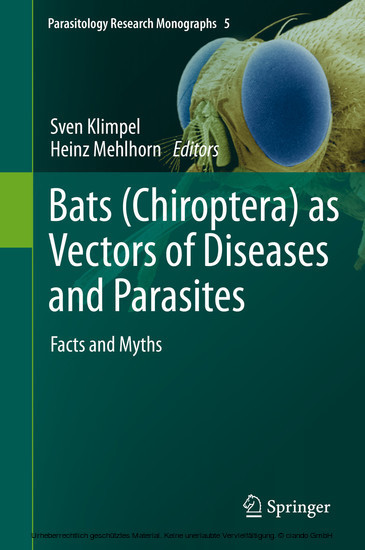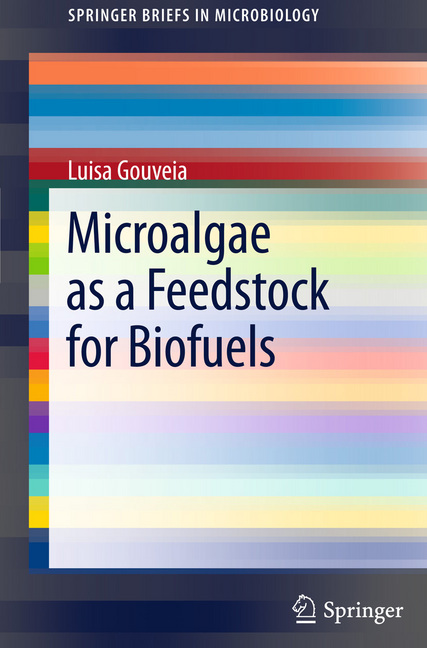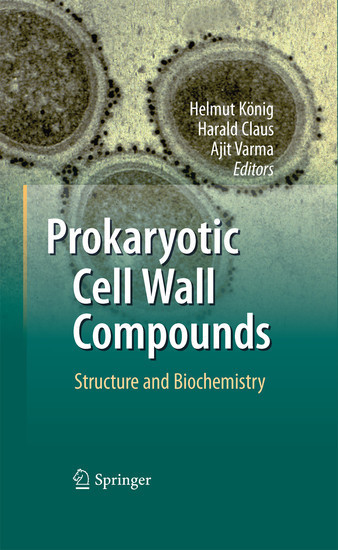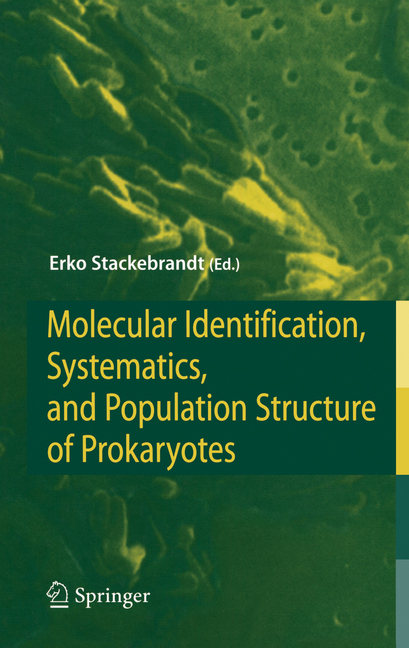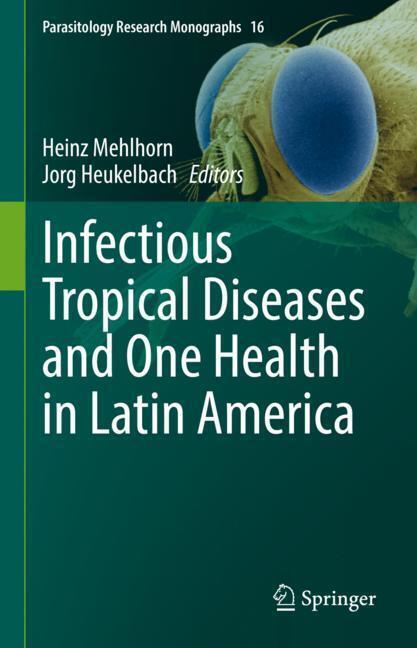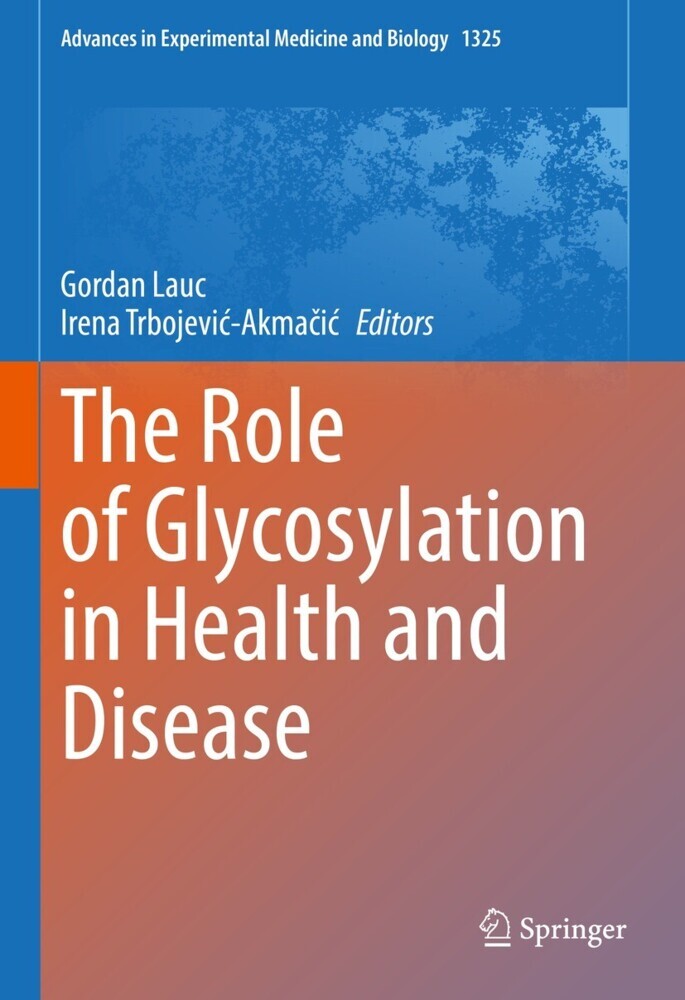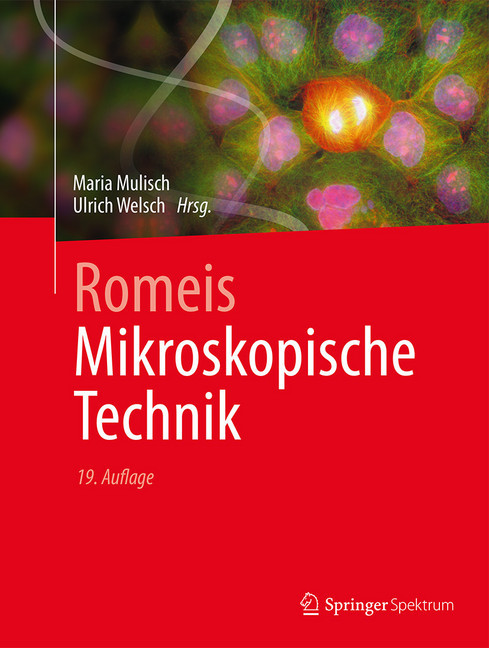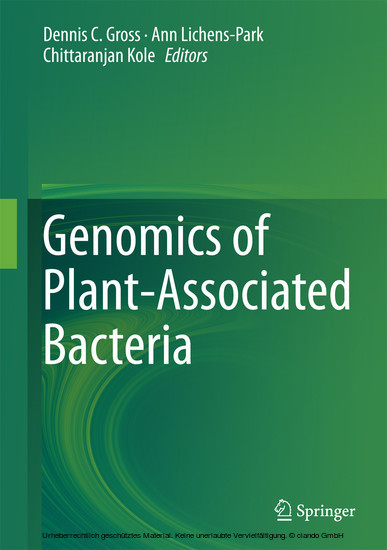Plastics from Bacteria
Natural Functions and Applications
Plastics from Bacteria
Natural Functions and Applications
The investigation and development of plastics synthesized by bacteria is receiving great attention also due to the raising petroleum prices and many environmental concerns related to plastic pollution. Recent results and studies of the properties and various applications of bio-based plastics are presented in this volume. Polyhydroxyalkanoates (PHAs), a biodegradable compound, is treated in several chapters: PHAs as energy and intracellular carbon storage compounds, the metabolic engineering of PHA producers, the development of tailor-made PHAs including uncommon monomers, microbial PHA production from waste raw materials, PHA polyesters produced by both wild-type and recombinant bacteria and the production of medium-chain-length PHAs in pseudomonads. Further microbial plastics discussed are lactic acid and its polymer polylactic acid (PLA), succinic acid and its polymer polybutylene succinate (PBS), ethylene from ethanol and its polymer polyethylene, 1,3-propandiol as well as poly(p-phenylene) (PPP).
1;Chen_FM.pdf;1 2;Chen_Ch01.pdf;10 2.1;Introduction of Bacterial Plastics PHA, PLA, PBS, PE, PTT, and PPP;10 2.1.1;1 Introduction;11 2.1.2;2 Monomers of Bacterial Plastics Synthesized by Microorganisms;11 2.1.3;3 Polymerization of the Bacterial Plastics;12 2.1.4;4 Comparison of Bacterial Plastics;12 2.1.4.1;4.1 Thermal Properties and Mechanical Properties;12 2.1.4.2;4.2 Molecular Weights;14 2.1.4.3;4.3 Biodegradability;15 2.1.4.4;4.4 Structural and Property Modification;15 2.1.4.4.1;4.4.1 Chemical Modification;18 2.1.4.4.2;4.4.2 Physical Modification;18 2.1.4.5;4.5 Applications;19 2.1.5;5 Conclusion and Future Perspectives;20 2.1.6;References;20 3;Chen_Ch02.pdf;26 3.1;Plastics Completely Synthesized by Bacteria: Polyhydroxyalkanoates;26 3.1.1;1 Introduction;27 3.1.2;2 Biosynthesis of PHA;29 3.1.2.1;2.1 Biochemistry and Molecular Biology of PHA Synthesis;29 3.1.2.2;2.2 Prokaryotic PHA;32 3.1.2.2.1;2.2.1 Homopolymer PHA;33 3.1.2.2.2;2.2.2 Copolymer PHA;33 3.1.2.2.3;2.2.3 Block Copolymer PHA;33 3.1.2.3;2.3 Eukaryotic PHA;34 3.1.3;3 Microbial Synthesis of PHA Monomers;35 3.1.3.1;3.1 PHA Monomers Produced by Microorganisms;35 3.1.3.2;3.2 The Application of PHA Monomers for Synthesis of Other Polyesters;36 3.1.4;4 Application of PHA;36 3.1.4.1;4.1 PHA as Packaging Materials;36 3.1.4.2;4.2 PHA as Biomedical Implant Materials;37 3.1.4.3;4.3 PHA as Drug Delivery Carriers;38 3.1.4.4;4.4 PHA as Biofuels;40 3.1.4.5;4.5 PHA Monomers as Drugs;41 3.1.5;5 Conclusion and Future Perspectives;42 3.1.6;References;43 4;Chen_Ch03.pdf;47 4.1;Natural Functions of Bacterial Polyhydroxyalkanoates;47 4.1.1;1 Introduction;48 4.1.2;2 The Role of PHA in Cell Survival Under Stress;49 4.1.3;3 Molecular Evidence Supporting a Role for PHA Synthesis in Stress Endurance;51 4.1.4;4 Regulation of PHA Synthesis;53 4.1.5;5 PHA in Soil and in Plant-Microbe Interactions;55 4.1.6;6 Relevance of PHA in Microbial Communities;57 4.1.7;7 Utilization of the Energy Obtained from PHA for Environmental Cues;58 4.1.7.1;7.1 Chemotaxis;58 4.1.7.2;7.2 Exopolysaccharide Production;59 4.1.7.3;7.3 PHA as a Carbon and Energy Source for "Environmental Bacteria";60 4.1.8;8 Phylogenetic Aspects of PHA Metabolism and Their Relationship with the Environment;61 4.1.9;9 PHA Applications in Agriculture;63 4.1.10;10 Conclusions;64 4.1.11;References;64 5;Chen_Ch04.pdf;70 5.1;Towards Systems Metabolic Engineering of PHA Producers;70 5.1.1;1 Introduction;71 5.1.2;2 Traditional Metabolic Engineering of PHA Producers;72 5.1.2.1;2.1 Natural PHA Producers and Metabolic Engineering;72 5.1.2.2;2.2 Engineering of Non-PHA Producers;74 5.1.3;3 Systems-Biological Approach for PHA Production;78 5.1.3.1;3.1 Systems Metabolic Engineering for Strain Improvement;79 5.1.3.2;3.2 Metabolic Engineering Based on Omics Studies;80 5.1.3.3;3.3 Future of Systems Metabolic Engineering for PHA Production;84 5.1.4;4 Concluding Remarks and Future Perspectives;84 5.1.5;References;86 6.1;Microbial PHA Production from Waste Raw Materials;1 6.1.1;1 Introduction;1 6.1.1.1;1.1 General;1 6.1.1.2;1.2 The Increasing Interest in Polyhydroxyalkanoate Biopolyesters;1 6.1.1.3;1.3 Value-Added Utilization of 'Waste PHAs';1 6.1.1.4;1.4 The Need for Cheap Substrates and Their Occurrence;1 6.1.1.5;1.5 Seasonal Availability of Waste Streams;1 6.1.1.6;1.6 By-Products of Waste Streams;1 6.1.2;2 Available Waste Streams in Different Global Regions;1 6.1.2.1;2.1 Cheap Nitrogen Sources for Production of Active Biomass;1 6.1.2.2;2.2 Waste Lipids;1 6.1.2.3;2.3 Waste Streams from Biofuel Production;1 6.1.2.4;2.4 Surplus Whey from the Dairy Industry;1 6.1.2.5;2.5 Lignocellulosic Wastes;1 6.1.2.6;2.6 Starch;1 6.1.2.7;2.7 Materials from the Sugar Industry;1 6.1.2.8;2.8 Lactic Acid as a Versatile Intermediate Towards Follow-Up Products;1 6.1.3;3 Concluding Remarks and Future Perspectives;1 6.1.4;References;1 7;Chen_Ch06.pdf;127 7.1;Industrial Production of PHA;127 7.1.1;1 Introduction;128 7.1.2;2 Industrial Production of PHB;130 7.1.2.1;2.1 PHB Produced b
Chen, George Guo-Qiang
| ISBN | 9783642032875 |
|---|---|
| Artikelnummer | 9783642032875 |
| Medientyp | E-Book - PDF |
| Copyrightjahr | 2009 |
| Verlag | Springer-Verlag |
| Umfang | 450 Seiten |
| Sprache | Englisch |
| Kopierschutz | Digitales Wasserzeichen |


